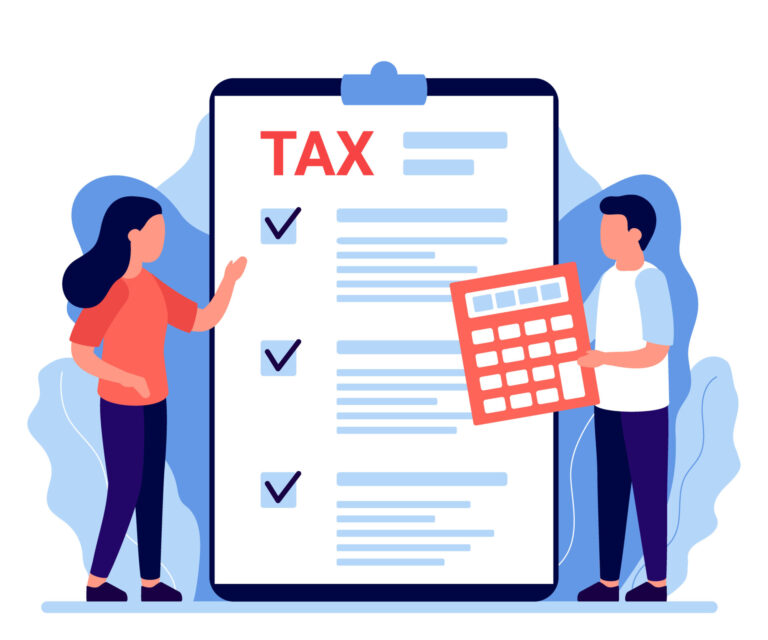Use the principal residence exemption to save on taxes
When you own multiple properties there are strategies to help save on capital gains taxes
What if you and your spouse got married only to find out that your careers would take you to different parts of the country? To keep your careers going, you find a solution that includes living in separate houses, each located in different provinces, during work week and then visiting one another at your respective homes on the weekends and over holidays. This is the situation a reader found themselves in. But now, their careers are taking a different turn and the possibility of living in the same house in the same province is very real. Great news for the marriage, but now our reader is concerned: Will the taxman want a portion of the profit from the sale of the home that needs to be sold? Or can they shield the home’s appreciating value using the principal residence exemption?
Q: My husband and I live in different provinces for work, unfortunately, we also live in separate houses. Yet, spouses can only claim one principal residence between them. Does it mean that we would have to pay capital gains tax on one of the houses, if we sold? It doesn’t seem fair, since both homes were used as our respective principal residences! — One Marriage/Two Houses
Dear One Marriage/Two Houses: I feel your pain. Not only does it sound as if you and your spouse must endure long periods of time without actually seeing one another—living in two separate houses means two separate lives—but the taxman doesn’t seem to sympathize with your plight. To illustrate what I mean, let’s first examine what a principal residence is and why it’s important from a tax point of view.
Principal residence exemption rules
Under the Income Tax Act, a principal residence is generally any residential property owned and occupied by you or family at any time in the year. It can be a house, condominium, cottage, mobile home, trailer or even a live-aboard boat. What the principal residence exemption does is make any gain on the sale of your principal residence a tax-free profit. But in order to qualify, you need to be aware of the tax rules that apply.
First: A family unit can only designate one property per year as a principal residence. A family unit is you, your spouse (or common-law partner) and any children under the age of 18.
Second: You and your family must “ordinarily inhabit” the dwelling during the year. Despite what’s been written to the contrary, the Canada Revenue Agency has not declared a specific amount of time that a home must be inhabited in order for it to qualify as a principal residence. Instead, the CRA will look at all evidence—including length of time in dwelling, primary income sources and patterns of buying, living, moving and selling. In fact, just because you live in a house you own doesn’t mean it automatically qualifies as a principal residence. For example, building contractors or house renovators who follow a pattern of living for a short period of time in a home they have built or renovated, and then selling it at a profit, may be required to pay ordinary business tax on the sale of that house, rather than capital gains tax (which is usually applied to the sale of property) or an exemption under the principal residence rules.
Third: The property’s primary use cannot be to earn income. So if you own and live in one unit of a six-plex and you sell that property for a profit you cannot shelter the entire profit using the principal residence exemption. Check with an accountant that specializes in property to determine your best options.
Fourth: The exemption is limited to a dwelling and no more than one-half hectare (or 1.2 acres) of land. That means if lived in a home on 10 acres of land and sold this property for a profit, you would have to pay capital gains tax on the profit portion of 8.8 acres of land but would be exempt from paying tax on the appreciable profit of your dwelling and 1.2 acres of land. That said, you can get an exemption for more than 1.2 acres of land, but you will have to prove to the CRA that the additional land was required for your use and enjoyment of the property.
Fifth: You can claim any property you own and “ordinarily inhabit” as your principal residence, thereby allowing you to shelter the appreciation profit of one property, while paying tax on another property that has not appreciated quite as much.
Sixth: The property you claim as your principal residence does not have to be located in Canada.
Tax ramifications for a two-home family
Unfortunately for you, One Marriage/Two Houses, the CRA is very strict about the the one principal residence per family per year rule. “In a case where two spouses are living separate and apart in their own residences, but not under a judicial separation or a written separation, only one of the residences can be designated as a principal residence for a particular taxation year,” explains Nerill Thomas-Wilksinson, from the Legislative Policy and Regulatory Affairs branch of the CRA. My advice: Try and match your principal residence designation to the property with the greatest appreciation in each year.
To understand why, let’s use an example. Let’s assume you and your spouse married in 2001 and bought a home together for $250,000. Then in 2002, your spouse got a job offer in another province and, as a result, purchased a condo for $200,000. For the next 13 years you and your spouse lived full-time in your respective homes—visiting one another on a regular basis. Then in 2015 your spouse gets a transfer back to your original home town. She opts to sell the condo. Assume, also, that your house appreciated in value from $250,000 to $550,000 between the years of 2001 and 2009. During the same time period, the condo’s fair market value only appreciated $25,000 during that same time period. Then, let’s assume your house only appreciated, on average, 2% per year from 2009 to 2015, making its fair market value in 2015 just under $620,000. During that same time period, your condo rose in value and you were able to sell it for $450,000 in 2015.
Option 1: If you just designated your house as your principal residence from 2001 to 2015, then you would owe $37,500 tax on on the sale of your condo. The calculation is as follows:
*Condo sale price of $450,000 – purchase price of $200,000 = $250,000 *$250,000 divided by 2 = $125,000 → the capital gain you will be taxed on *$125,000 x marginal tax rate (we assume 30%) = $37,500
Option 2: If you designated your house as your principal residence from 2001 to 2009, then you’d owe tax on the sale of your home (when you sold it) for the years 2010 to 2015, and you’d owe tax on the sale of your condo for the years 2002 to 2009. Total tax owed would be as follows (based on 2015):
*Condo sale price in 2015 of $450,000 – appraisal value in 2009 of $225,000 = $225,000 → this portion is exempt from tax, since it’s your principal residence for these years. $0 tax owed. *Condo 2009 fair market value of $225,000 – 2002 purchase price of $200,000 = $25,000 → you owe tax on this capital gain *$25,000 divided by 2 = $12,500 → the capital gain you will be taxed on *$12,500 x marginal tax rate (we assume 30%) = $3,750 *Then you’d need to add in the tax owed on your house: The house fair market value in 2015 of $620,000 – appraisal value in 2010 of $550,000 = $70,000 → you owe tax on this capital gain (as your condo, not your house was your primary residence) *$70,000 divided by 2 = $35,000 x marginal tax rate of 30% = $10,500 *The 2001 to 2009 appreciation of $300,000 would be sheltered as the house was your primary residence during those years. In Option 1 you’d have to pay $37,500 in capital gains tax. In Option 2 you’d pay $14,250 in capital gains tax. That’s an instant savings of $23,250. Keep in mind the above is a simplified example of how you can minimize your tax based on the principal residence tax rules. But it does exemplify how you can minimize taxes and keep more money in your pocket, just by considering what years you designate each of your properties as your primary residence. For a complete picture of your specific situation, be sure to talk to an accountant tax specialist.






